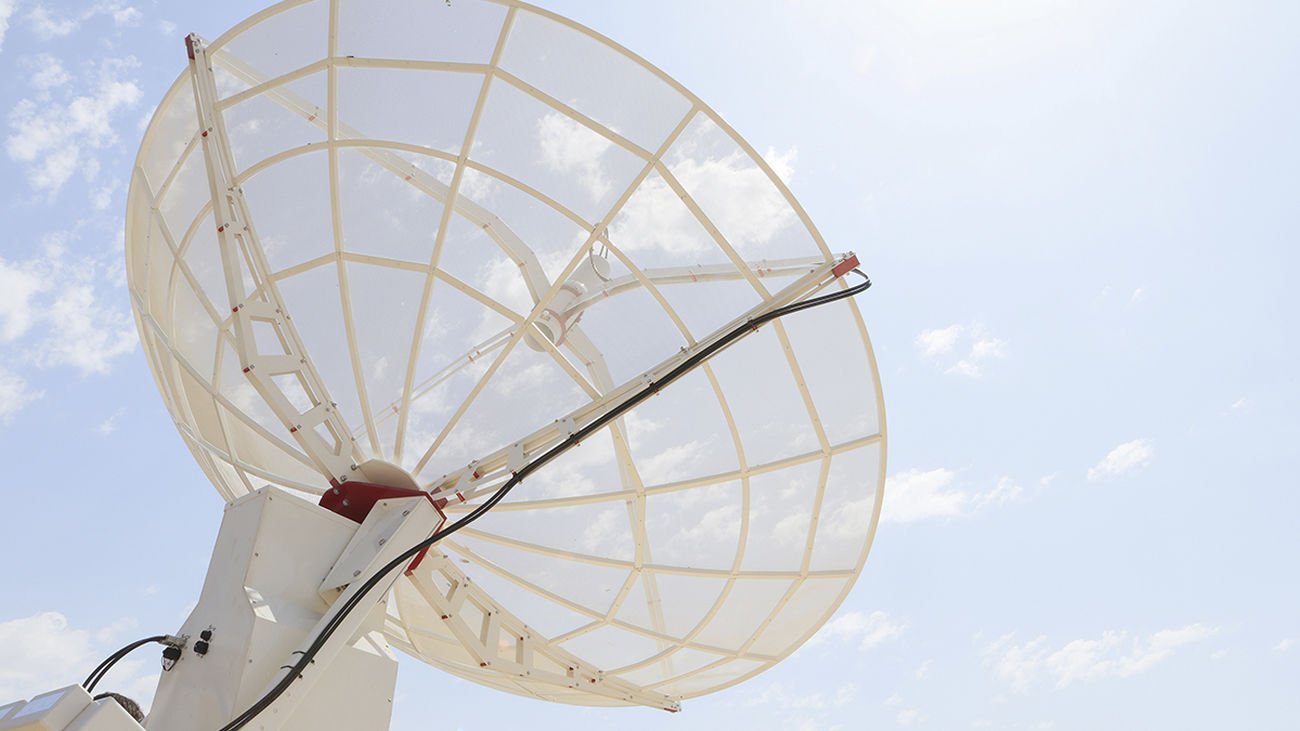
Space weather has become a crucial area of research to understand the impact of the Sun on our daily lives, especially on our technology.
Far from being a topic only for specialists, space weather affects us all. Phenomena like geomagnetic storms may sound like highly technical scientific terms, but they are more present in our daily lives than we might think.
The Sun’s activity and its effects on the Earth’s environment fascinate and concern us equally, which is why scientists are paying more and more attention to it and studying it more closely.
Flares, flares, or solar wind
Space weather studies the conditions in the space near Earth and how these conditions are affected by solar activity. This includes the study of solar wind, solar flares (also known as solar flares), and coronal mass ejections, which can release millions of tons of solar plasma at speeds of millions of kilometers per hour. All these phenomena can lead to so-called geomagnetic storms when they interact with the Earth’s magnetic field, which can cause disruptions or even damage to our technological infrastructures such as interference with GPS signals, satellite telecommunication failures, power grid disturbances, and even disruptions in the operation of aircraft and navigation systems.
Algae that produce electricity and prevent fires
Space weather not only helps us protect our technology but also better understand the dynamics of the solar system and the intimate relationship between our star and life on Earth.
A «unique in the world» space weather station
The University of Alcalá de Henares now has a new space weather station, «unique in the world», composed of different instruments that will facilitate the measurement and monitoring of solar activity.
Located next to the Faculty of Pharmacy, these new facilities will monitor phenomena like solar winds or geomagnetic storms that can cause a major power outage and data blackout on Earth.
The coordinator of the Space Weather Research Group at UAH, Consuelo Cid, has stated that «the new weather station is a real gem, as it has a radio telescope that is already monitoring the Sun from sunrise to sunset.»
Archaeology’s CSI find the world’s oldest fingerprint in Spain
The infrastructure also includes an h-alpha telescope that, among other things, allows us to see when a filament leaps from the Sun; a GNSS station that monitors the state of the ionosphere and the GPS satellite at all times. It also has a magnetometer to observe disturbances that provide data to the European Space Agency’s space weather portal (ESA); and a VLF antenna that detects solar flares.
«It’s a unique set,» adds Cid, emphasizing the value of having all these instruments in one space weather station that continues to provide data even during a solar storm when the internet goes down. Or even during a major blackout, as it has its own power generator.
«I don’t think anyone else in the world has it so centralized, and we are very proud of it,» highlights the UAH expert.



